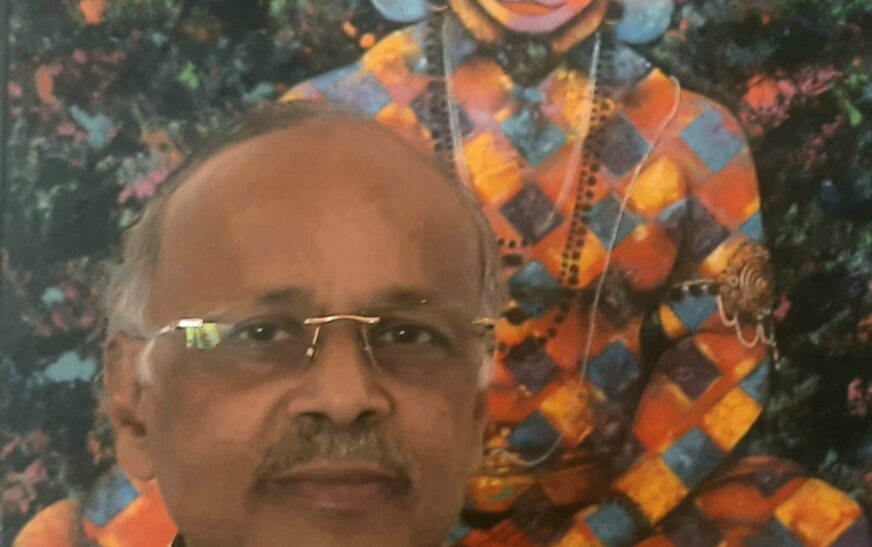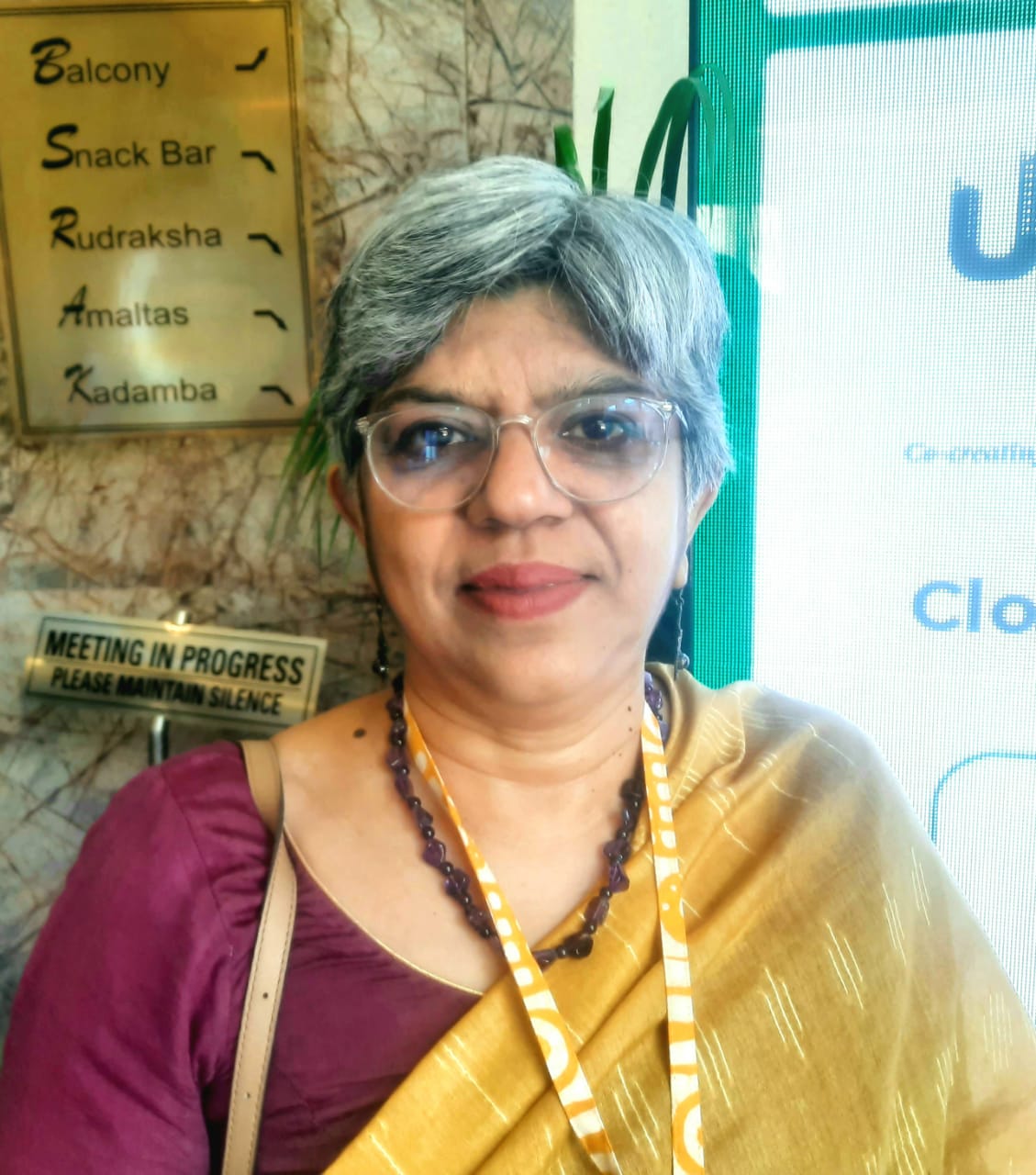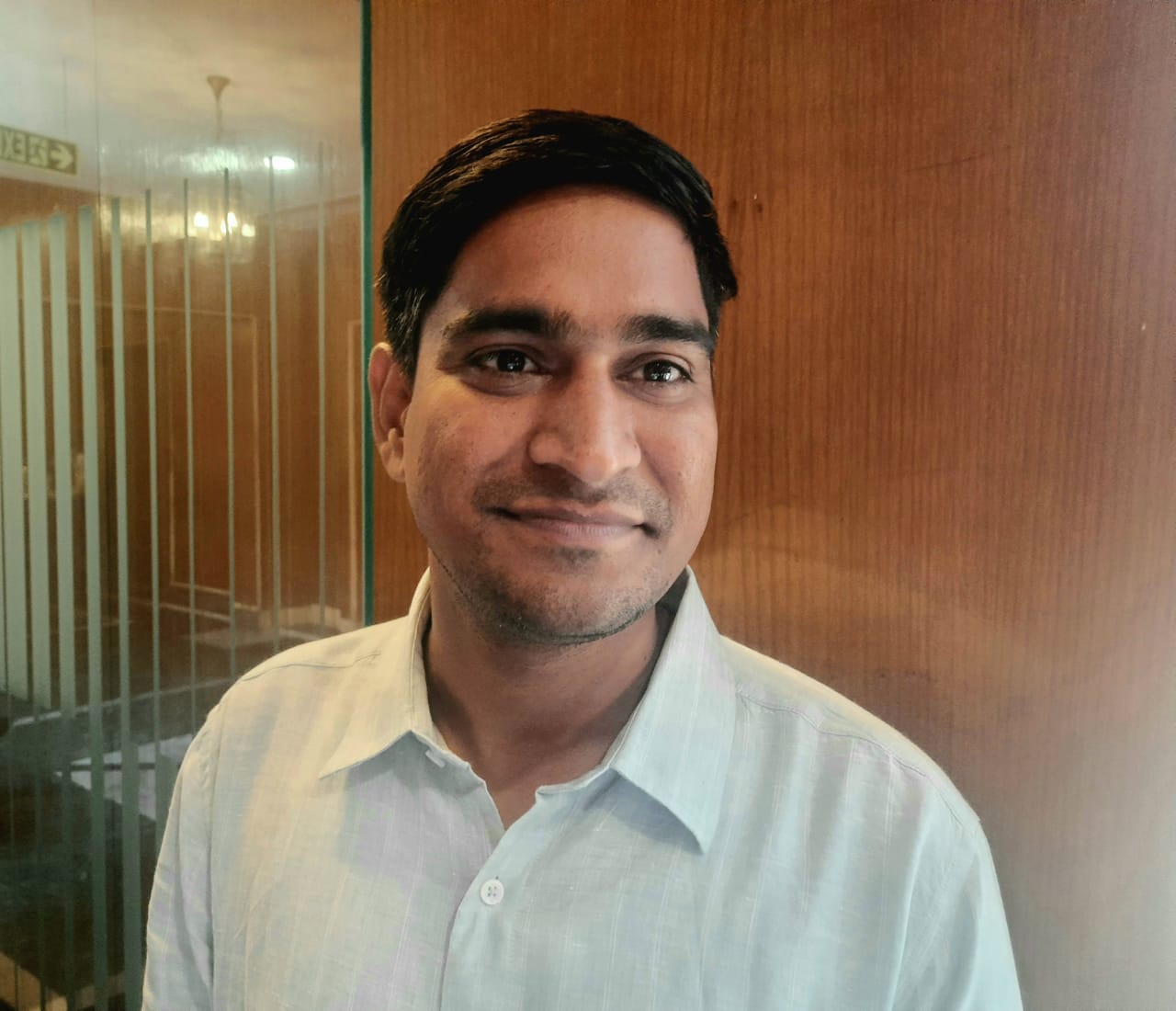Shishir Jaipuria stands as a distinguished leader in education, industry, and business across India. As Chairman of the Seth Anandram Jaipuria Education Society, he drives initiatives to elevate educational standards across institutions. His leadership at FICCI Arise underscores his dedication to advancing quality education and skill development nationwide.
In parallel, Shishir Jaipuria serves as Chairman and Managing Director of Ginni Filaments Ltd., a trailblazer in the textile industry renowned for its innovative and sustainable practices. Under his guidance, Ginni Filaments has achieved significant milestones in manufacturing and exports, bolstering India’s industrial prowess.
With a holistic approach to leadership, Shishir Jaipuria continues to make a profound impact, merging educational progress with industrial excellence, thereby shaping the future landscape of both sectors in India.
In an exclusive conversation with The Interview World, Shishir Jaipuria outlines his expectations for the education sector in the Union Budget 2024. He emphasizes priority areas under the NEP, advocates for stronger industry-academia collaboration to transform Indian education, and proposes strategies to tackle the challenges of examination integrity. Here are the key insights from his enlightening interview.
Q: What specific outcomes or changes are you anticipating from the Union Budget 2024 concerning the education sector?
A: We are actively pursuing increased funding for the education sector, recognizing the ongoing dialogue advocating for 6% of GDP allocation, though current disbursement typically falls within a narrower range of 2% to 3%. Enhancing human capital and skills development necessitates heightened promotion and robust budgetary allocations. State governments play a pivotal role in mobilizing these resources through effective budget planning. Allocating adequate funds is critical to fostering an environment where comprehensive educational initiatives can thrive, thereby empowering our workforce and driving sustainable socio-economic development.
Q: In the National Education Policy (NEP), which specific areas should receive greater prioritization or focus to effectively steer Indian education towards a new direction?
A: The National Education Policy (NEP) of India outlines a transformative vision that prioritizes early childhood education as foundational for optimal brain development. This emphasis on the formative years underscores the policy’s commitment to nurturing young minds during their most critical developmental phase. By leveraging technology, the NEP aims to bridge the digital divide, ensuring that even the most remote areas have access to educational tools and resources. Through extensive digitization efforts and infrastructure improvements in internet connectivity, the policy seeks to provide equitable opportunities for children across all demographics, thereby laying a robust educational foundation nationwide.
In parallel, significant reforms are reshaping the landscape of education assessment practices. Moving away from traditional methods centered on rote memorization, the NEP advocates for competency-based education. This progressive approach emphasizes holistic learning outcomes, essential life skills, and critical thinking over mere retention of facts. By aligning assessments with real-world competencies, the policy aims to foster a culture of lifelong learning and skill development among students, preparing them effectively for a rapidly evolving global economy.
Addressing the perennial challenge of demand outstripping supply in higher education, particularly in prestigious institutions like IITs, IIMs, and medical colleges, the NEP advocates for substantial expansion of educational infrastructure. This expansion is crucial to accommodate the growing aspirations of India’s youth and to mitigate the intense competition for limited seats in top-tier institutions. Collaborative efforts with regulatory bodies such as the University Grants Commission (UGC) are underway to streamline accreditation processes, enhance institutional autonomy, and facilitate greater enrollment capacities. By empowering educational institutions to innovate and excel, the NEP aims to elevate the overall quality of education delivery across the country.
Looking forward, the NEP envisions a transformative shift where individual educational entities evolve into more robust and integrated systems. This vision necessitates significant investments in the education sector, both from domestic sources and foreign investors. Initiatives such as those in Gift City, which incentivize foreign investments with favorable repatriation terms, underscore the government’s commitment to fostering a conducive investment climate in education. These investments are crucial not only for expanding physical infrastructure but also for integrating advanced technologies and pedagogical innovations that enhance learning outcomes and institutional capabilities.
Despite these ambitious strides, challenges persist, particularly concerning access to private capital. Regulatory complexities and bureaucratic hurdles often deter potential investors from participating fully in India’s education sector. Recognizing this barrier, the government is actively engaged in regulatory reforms aimed at streamlining investment processes and reducing barriers to entry for private capital. By creating a more investor-friendly environment, India aims to attract global investors seeking opportunities in one of the world’s largest and most dynamic education markets.
With approximately 300 million individuals currently enrolled in various educational programs, a number expected to grow to 400 million soon, the demand for upskilling and vocational training is more pressing than ever. The advent of new technologies further underscores the need for continuous learning and adaptation. The NEP recognizes this imperative and places a renewed focus on vocational training programs that equip individuals with practical skills aligned with industry needs. By promoting vocational education alongside traditional academic pathways, the policy seeks to empower individuals with diverse educational opportunities that cater to both personal growth and economic advancement.
In conclusion, the NEP represents a comprehensive blueprint for transforming India’s education sector into a dynamic, inclusive, and globally competitive ecosystem. Through its multifaceted approach encompassing early childhood education, competency-based learning, infrastructure expansion, and strategic investment promotion, the policy lays the groundwork for a future where every individual has the opportunity to thrive and contribute to India’s socio-economic development.
Q: How do you perceive the impact of industry-academia collaboration on transforming Indian education?
A: The historical divide between academia and industry has long posed challenges, with each operating in isolation from the other. However, the growing recognition of the importance of collaboration between these two sectors is now evident, resonating strongly within both academia and industry alike.
A critical aspect of this collaboration lies in understanding and responding to industry needs and the specific skill sets demanded by evolving markets. Education systems must shift focus from being purely input-oriented to emphasizing tangible, industry-relevant outputs. This shift ensures that educational programs align closely with the practical demands of the job market. Engaging industry stakeholders in educational initiatives, such as internships and curriculum design, plays a pivotal role in equipping students with the skills and knowledge required for today’s workforce.
Decades ago, career choices were more limited, revolving around traditional paths like banking, engineering, medicine, civil services, or government roles. Today, however, the professional landscape has expanded exponentially. Emerging industries bring forth new technologies, specialized skill sets, and diverse cultural dimensions, thereby broadening career opportunities significantly.
Effective collaboration between industry and academia is crucial in illuminating these diverse career paths to students and educators alike. By fostering a deeper understanding and partnership between these sectors, countries can better prepare their workforce for the challenges and opportunities presented by rapid technological advancements and global economic shifts. This alignment not only enhances educational outcomes but also strengthens national competitiveness and economic resilience in an increasingly interconnected world.
Q: What suggestions would you offer to the government to implement advanced assessment process for holistic learning?
A: Focusing on competency rather than mere content should be the cornerstone of modern assessments. Examinations must adapt to this principle to remain relevant and effective.
Traditional assessment frameworks often prescribe rigid content requirements that do not cater to the diverse and evolving needs of industries, especially those operating in less regulated sectors. This approach can stifle holistic learning in schools, limiting students’ exposure to diverse skill sets crucial for their future success.
To address this challenge, educational systems must shift towards a more inclusive model that nurtures comprehensive development. This transformation requires collaborative efforts between central and state governments, as well as industry leaders. Together, they can forge innovative solutions that bridge the gap between education and industry demands.
In a country facing resource constraints, such collaboration becomes even more critical. By aligning educational curricula with industry requirements, we can better equip students with the skills needed to thrive in a competitive global landscape.










2 Comments
I’ve been following your blog for quite some time now, and I’m continually impressed by the quality of your content. Your ability to blend information with entertainment is truly commendable.
Your blog is a constant source of inspiration for me. Your passion for your subject matter is palpable, and it’s clear that you pour your heart and soul into every post. Keep up the incredible work!
Comments are closed.